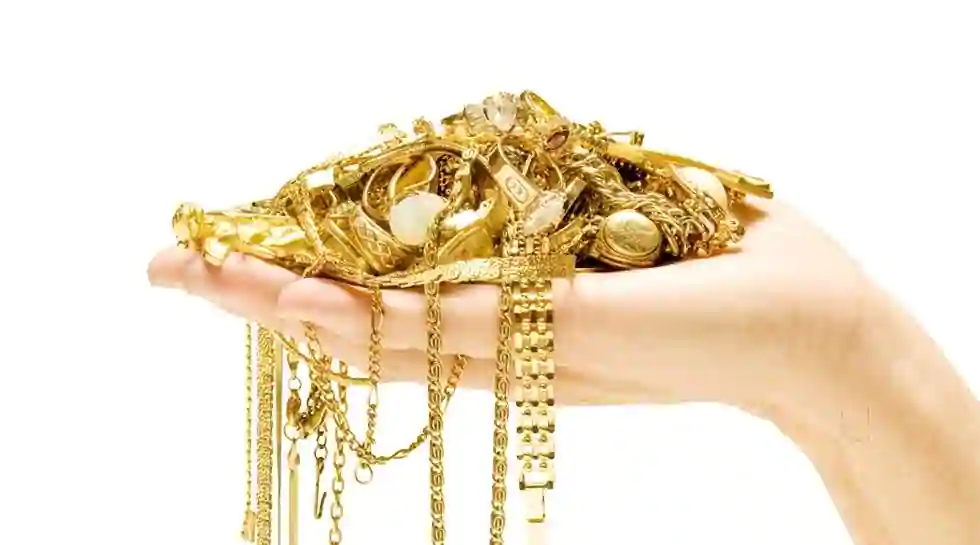Ensuring Transparency and Honesty in Precious Metal Supply Networks Utilizing Innovative Tracking Solutions.
Ensuring Transparency and Honesty in Precious Metal Supply Networks Utilizing Innovative Tracking Solutions.
Blog Article
Gold is a valuable resource that has been pursued for millions of decades. It is used in jewelry, electronics, and even as a form of money. However, the path the metal takes from mines to consumers can be complex and often misses clarity. This means that it can be difficult to know where the gold comes from and whether it was mined in a way that honors ethical standards and the environment. Innovative traceability solutions are developing as essential tools to ensure the integrity of precious metal supply chains.
One effective method for improving openness in gold supply chains is the use of distributed ledger technology. The blockchain creates a secure digital ledger that logs every transaction involving gold, from the mine to the consumer store. This technology allows all participants in the distribution network, including miners, dealers, and consumers, to see where the material has been and confirm its origin. By using ledger-based systems, organizations can provide evidence that their metal is ethically sourced, helping to build confidence with customers who are increasingly concerned about responsible sourcing.
An additional traceability solution involves the use of unique identification tags for gold products. These tags can include QR codes or radio-frequency identification chips that store information about the metal’s source and path through the distribution process. When buyers scan these tags, they can view comprehensive insights about the metal’s history, including where it was mined and how it was refined. This level of visibility not only helps customers make educated purchasing choices but also encourages responsible practices within the industry.
In addition to technology-based approaches, partnership among participants is click here for more crucial for ensuring integrity in gold supply chains. Governments, non-governmental organizations, and businesses must work together to establish clear guidelines and standards for responsible mining practices. By promoting programs such as ethical sourcing certification, these entities can empower miners who adhere to transparent practices while also guaranteeing that consumers have access to responsibly sourced materials. Cooperation strengthens accountability and creates a unified approach to tackling issues related to openness in the market.
In the end, ensuring transparency and credibility in precious metal supply chains benefits everyone involved. Consumers gain assurance in their investments when they know their gold is sourced responsibly. Responsible practices can lead to improved working conditions for extraction workers and enhance environmental sustainability. As innovative tracking solutions continue to develop, they hold significant potential for reshaping how we perceive and interact with gold throughout its lifecycle from extraction site to market. The future of precious metal logistics systems looks helpful site more promising as these solutions pave the way for a more ethical industry.